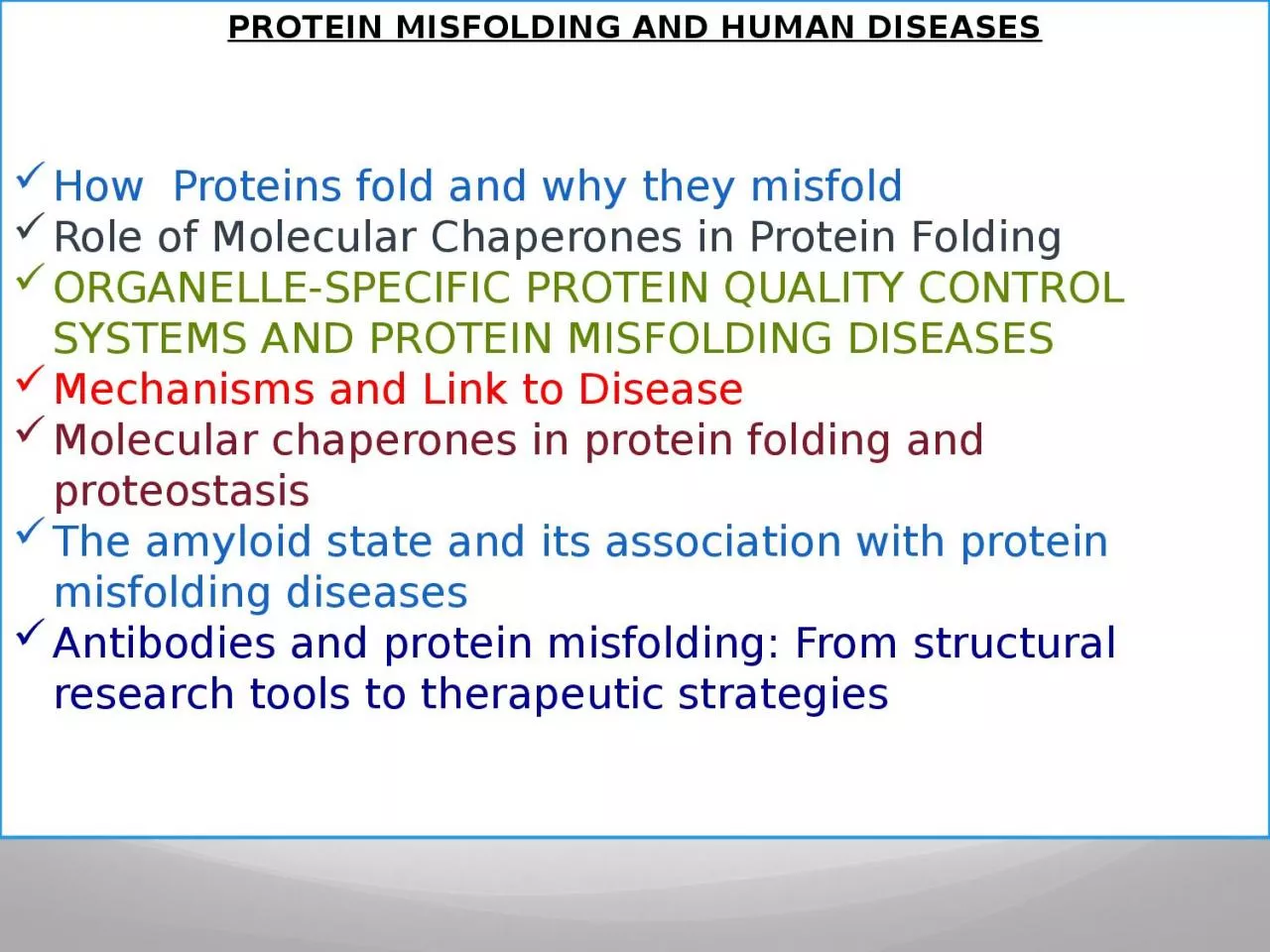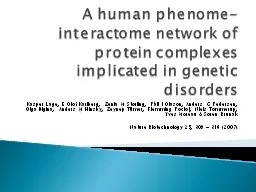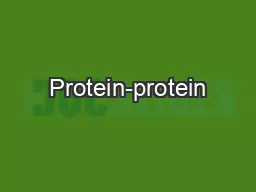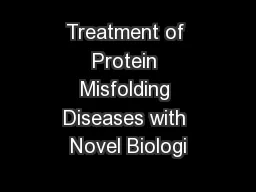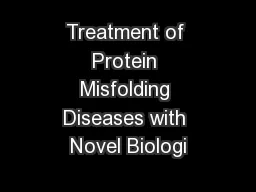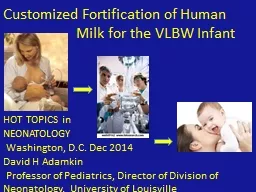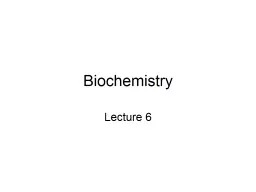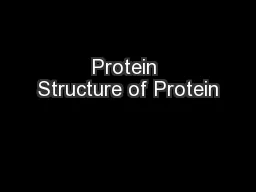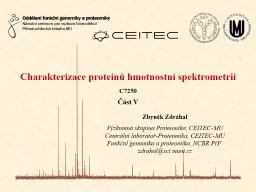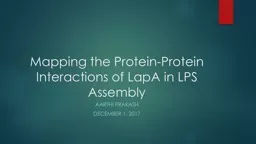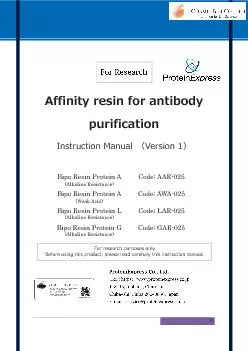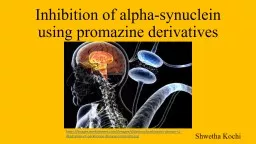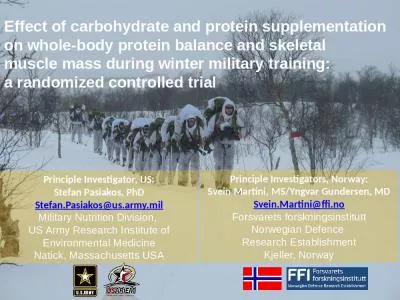PPT-PROTEIN MISFOLDING AND HUMAN
Author : SmoochieBoochie | Published Date : 2022-08-02
DISEASES How Proteins fold and why they misfold Role of Molecular Chaperones in Protein Folding ORGANELLESPECIFIC PROTEIN QUALITY CONTROL SYSTEMS AND PROTEIN
Presentation Embed Code
Download Presentation
Download Presentation The PPT/PDF document "PROTEIN MISFOLDING AND HUMAN" is the property of its rightful owner. Permission is granted to download and print the materials on this website for personal, non-commercial use only, and to display it on your personal computer provided you do not modify the materials and that you retain all copyright notices contained in the materials. By downloading content from our website, you accept the terms of this agreement.
PROTEIN MISFOLDING AND HUMAN: Transcript
Download Rules Of Document
"PROTEIN MISFOLDING AND HUMAN"The content belongs to its owner. You may download and print it for personal use, without modification, and keep all copyright notices. By downloading, you agree to these terms.
Related Documents

